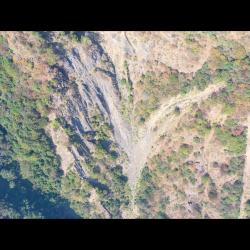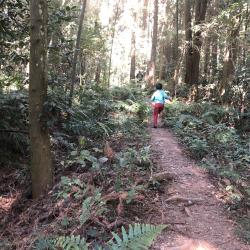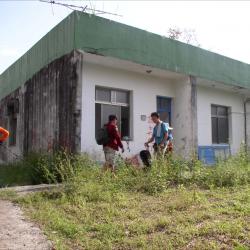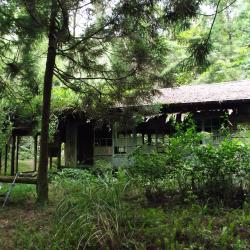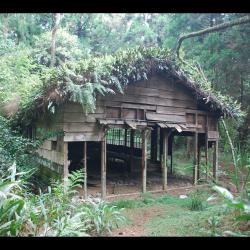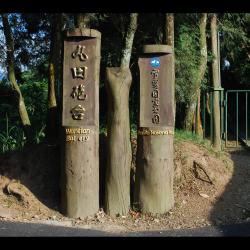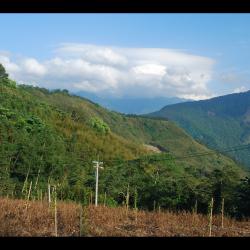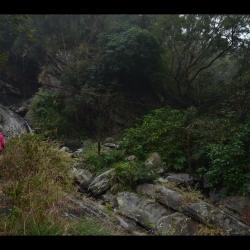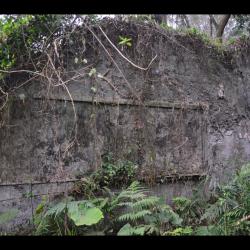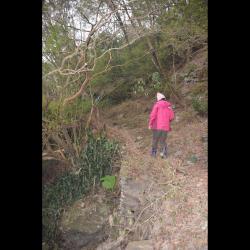The Qiugang Cliff is located between Erbensong and Qiugang on the Beikeng Creek Historic Trail. It is about 3 kilometers away from the Erbensong hiking entrance, with a total length of 300 meters of gravel road. The road is divided into two parts. First, the long-distance cliff is composed of gravel slopes, about 200 meters in length, and it can be seen that the Beikeng River and Nankeng River converge to form the Da’an River. The second part is the formation of cliffs.
Around 2003, the historic trail section of Erbensong was recovered by the Xuepa National Park. However, due to natural disasters, the entire section is still closed. The Qiugang Cliff, known as the top ten scenic spots of Beikeng Creek Historic Trail, is also hard to get close to.
